As bird owners, we have all experienced that heartwarming moment when our feathered companion stretches its wings in excitement upon seeing us. But have you ever wondered why your bird engages in this adorable behavior?
This seemingly simple stretch holds a deeper meaning, revealing a bond and a language unique to avian communication.
In this exploration, we unravel the captivating tale of why our birds stretch when they see us, shedding light on the significance of this endearing gesture.
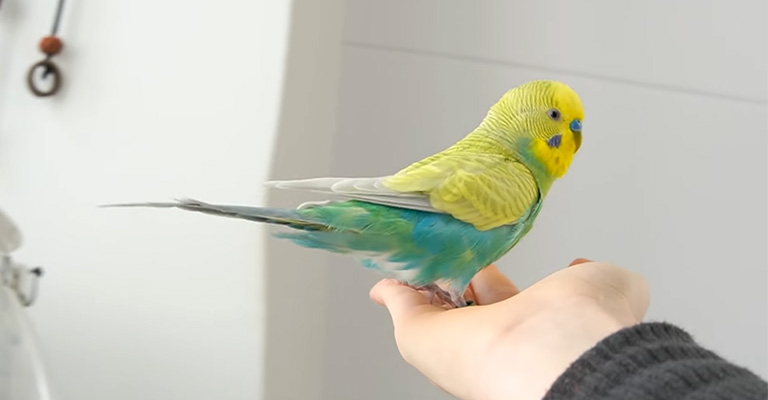
Why Does My Bird Stretch When He Sees Me?
Birds are amazing creatures that have evolved their own distinct ways to behave and communicate with one another. They express themselves using vocalizations, physical motions, and body language in order to interact with their surroundings and communicate with one another. It is crucial for you, as a bird owner, to understand the behavior of your bird in order to give the highest level of care for them that you can.
When birds see their owners, they show a symbol of affection and trust by stretching out their wings. Birds release tension through stretching and become ready for social contact. It is also an indication that the bird enjoys being around its owner and feels at ease while doing so.
Why Do Birds Stretch Out Their Wings-
As a Normal Course of Behaviour, Stretching
Stretching helps preserve both a person’s physical health and flexibility, which is why birds do it too, just like people. Stretching allows their muscles to warm up more quickly, boosts blood flow, and protects them from damage.
Birds are known to engage in this natural behavior at various times throughout the day, particularly after periods of inactivity such as sleeping or resting.
As a Symptom of Contentment, Stretching
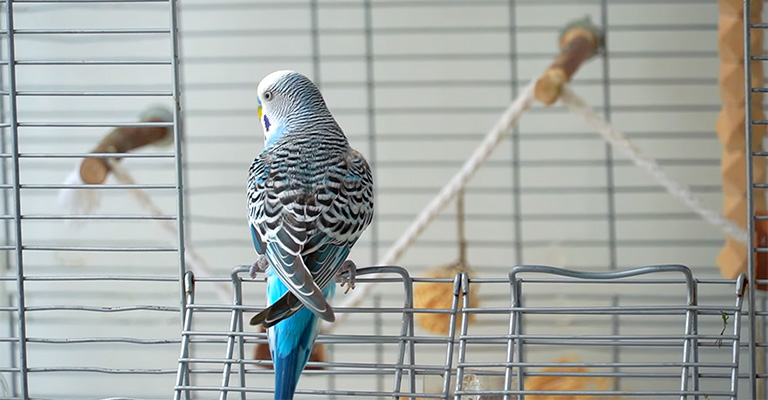
Birds stretch not only to alleviate stress but also to communicate how comfortable they are in their environment. When a bird is at peace and content, it may stretch its wings and legs as a means to relieve any built-up stress and demonstrate that they are pleased with itself.
It is essential to pay attention to the body language of your bird in order to evaluate the level of comfort they are experiencing and to make any required alterations to their habitat.
As a Form of Greeting, Stretching
When a pet bird sees its owner, it may extend out its wings as a way to express excitement and affection for its master. This is especially the case if the bird has a close relationship with its owner and views the owner as a source of comfort and security for the bird.
Stretching is another method by which a pet bird can initiate engagement with its owner and express a desire to be paid attention to.
As a Symbol of Excitement and Anticipation, Stretching
When birds are eager or awaiting something, such as obtaining attention or treats from their owner, they may also stretch. This behavior is analogous to how a dog would wag its tail and purr when it is happy and aroused, just like a cat will do the same.
It is essential to pay attention to the body language of your bird in order to comprehend its requirements and meet those requirements by providing them with the right stimulation and contact.
What This Stretching Behaviour Means For Your Bird And How To Interpret It?
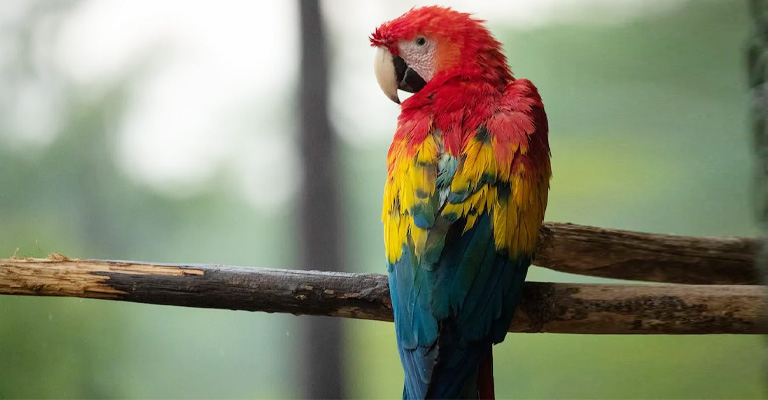
Understanding the Body Language of Your Bird
Understanding your bird’s stretching behavior and its general level of comfort can be achieved by careful observation of its body language. Look for telltale indicators of relaxation, like a slumped posture, fluffed feathers, and languid movement, such as these.
If you notice that your bird is acting stiff or uneasy, this could be an indication that they are experiencing stress or anxiety.
Having an understanding of your bird’s level of comfort
It is essential to gain an understanding of your bird’s comfort level in order to provide a setting that is both secure and enjoyable for it. It is an indication that your bird trusts you and feels at ease when they stretch out and appear relaxed when they see you.
If they give off the impression of being tense or uneasy, this could be a sign that they require additional opportunities for social interaction or environmental enrichment.
Tips for Interacting With Your Bird
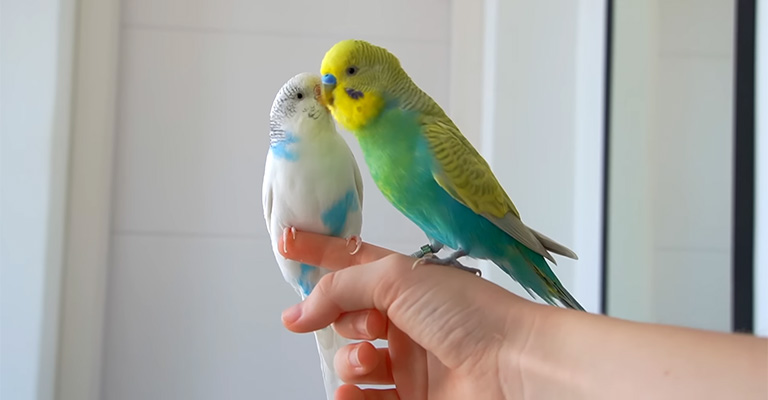
Here are some additional tips for interacting with your bird:
Respect personal space
Birds, like any other animals, have their own boundaries. Pay attention to their body language and cues to determine their comfort level. Avoid forcing interactions or invading their personal space if they appear hesitant or stressed.
Offer a Variety of Toys
Birds are intelligent and need mental stimulation. Provide a range of toys that encourage different activities, such as shredding, foraging, and problem-solving. Rotate the toys regularly to keep their interest piqued.
Use Positive Reinforcement
Reward your bird with treats, praise, or gentle strokes when they exhibit the desired behavior. Positive reinforcement helps reinforce good behavior and strengthens the bond between you and your bird.
Train With Patience and Consistency
Birds can be trained to perform tricks and commands. Use positive reinforcement techniques and break the training into small, manageable steps. Be patient, consistent, and maintain short training sessions to keep your bird engaged and motivated.
Respect Sleep and Rest Times
Birds require adequate sleep and rest. Ensure your bird has a quiet and comfortable environment for uninterrupted sleep. Avoid disturbing their rest periods unless necessary.
Provide a Balanced Diet
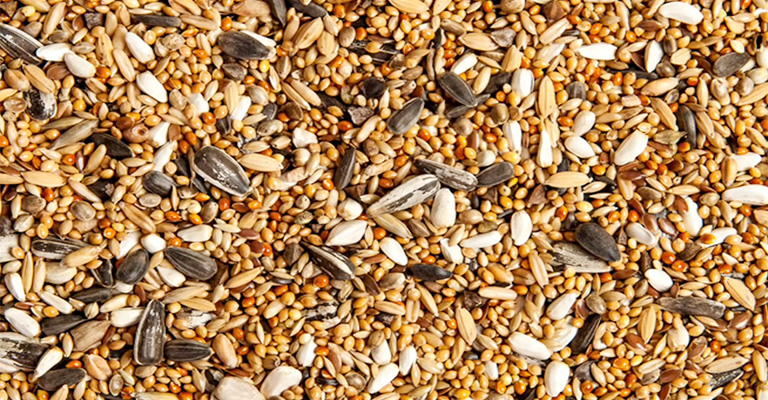
Proper nutrition is essential for your bird’s overall well-being. Consult with an avian veterinarian to determine the best diet for your bird’s species. Offer a variety of fresh fruits, vegetables, and high-quality pellets or seeds to meet their nutritional needs.
Socialize Your Bird
Birds are social creatures, and it’s beneficial for them to interact with other birds or humans besides their primary caregivers. Arrange supervised playdates with other birds or allow your bird to interact with trusted family members and friends.
Maintain a Safe Environment
Ensure your bird’s environment is safe and free from hazards. Remove toxic plants, keep electrical cords out of reach, and use bird-safe cleaning products. Supervise your bird during the out-of-cage time to prevent accidents or injuries.
Observe Health and Behavior Changes
Regularly monitor your bird’s health and behavior. Any sudden changes, such as loss of appetite, changes in droppings, or unusual behavior, may indicate an underlying health issue. Consult with an avian veterinarian if you have any concerns.
Show Patience, Love, and Respect
Building a strong bond with your bird requires time, patience, and understanding. Treat your bird with kindness, love, and respect. Spend quality time together, communicate through body language and vocalizations, and enjoy the unique companionship that birds offer.
FAQ
When birds stretch upon seeing their owners, it is often a sign of excitement and anticipation. It is their way of showing joy and readiness for interaction and bonding.
Yes, bird stretching can be a positive sign of happiness and contentment. It demonstrates that your bird is comfortable in your presence and looks forward to engaging with you.
Yes, birds also stretch to maintain flexibility, relieve muscle tension, and promote blood circulation. Stretching helps keep their bodies limber and ready for physical activities.
Providing a stimulating and enriching environment with plenty of perches, toys, and opportunities for exercise can encourage your bird to engage in more stretching behaviors naturally.
While stretching with your bird can be a fun and bonding activity, respecting your bird’s boundaries and comfort level is essential. Observe your bird’s body language and only engage in stretching if your bird shows enthusiasm and willingness to participate.
Conclusion
In avian companionship, the sight of our birds stretching upon our arrival speaks volumes about our connection with these magnificent creatures. Their stretching symbolize trust, affection, and eagerness to interact with their beloved human companions.
As we witness these joyous stretches, let us cherish the unspoken language that transcends words and rejoice in the bond that flourishes between us and our feathered friends.
So, the next time your bird extends its wings in a welcoming stretch, remember its profound message: a gesture of love and an invitation to embrace the unique bond that unites us in a world where feathers and hearts take flight together.